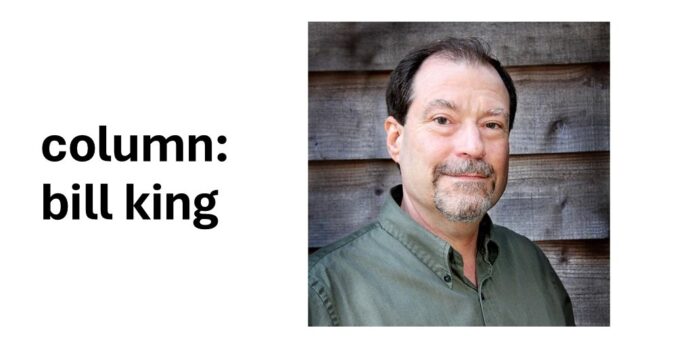When I saw the handwriting on the wall, I knew we were no longer in Kansas; excuse me, I meant Alabama. As a matter of fact, we were approximately 4,500 miles east of my home in Opelika. I didn’t need the prophet Daniel to interpret this handwriting, or even a Dutch artist to paint me a picture, since it was written in large English letters. It said, “Welcome to the Netherlands.” We had arrived, finally, in the land filled with water, canals, bridges, cafes, cathedrals, tulips and bicycles. It’s a place where coffee shops don’t always sell coffee but items much stronger, including brownies with a buzz. No, I did not indulge. We went there last week to ride a huge river boat through Western Europe by way of the Rhine and Moselle Rivers.
On the one hand, it took us a good portion of two days to arrive in the Netherlands. On the other hand, it took Jean and me three-and-one-half years. We had planned, booked and paid for a trip there in 2000, but someone else, by the name of Covid, paid an unexpected visit that year that grounded us all.
Finally, last week, we arrived in Amsterdam. We spent the first day-and-a-half seeing that grand old city, before we set sail on the river ship Charles Dickens. The ship was our home for the next week as we cruised down the river and through The Netherlands, Germany, France and Switzerland. We sailed by enormous centuries-old cities, castles, cathedrals and churches. Each day, we stopped to see as much as we could before we cruised again each night to the next amazing destination.
Our visit began in the north, in the city that New York was originally named after. New York was settled by so many Dutch immigrants that it was first called New Amsterdam. The names of the Netherlands are a bit confusing. The Dutch people are the residents of the country that is sometimes referred to as Holland, but more commonly called the Netherlands. Amsterdam is its largest city and capital. Nederlands, or Netherlands, literally means wetlands. It is wet because most of it is below sea level. Much like our own city of New Orleans, Amsterdam is largely built on pilings which have been driven into the below-sea-level ground to supply firm foundations to build on. To prevent flooding, they built canals throughout the city. More than 60 miles of canals fill the city, as well as 1,200 bridges. When driving, be careful which street you turn down or you might sink! Every other street seemed to be a canal. Amsterdam is called The Venice of the North. We had the joy of touring a portion of the city by boat through some of those interconnected canals. The views of the buildings, some of them hundreds of years old, are breathtaking.
They also built a large dam to hold back the water. It was called the Amstel Dam; thus you have the city of Amstel-Dam, or Amsterdam. Holland is famous for its wooden shoes and windmills. Way back when they didn’t have duck boots to keep their feet from getting wet, they had wooden shoes. The 1,200 beautiful windmills aren’t just for looks. They pump the water out of the low lands.
Amsterdam is also a city of bicycles. In fact, they have two to three times more bicycles than people, but I never saw anyone riding more than one at once! Pedestrians better beware…listen for the bicycle bells, and look before crossing the street!
Please join me next week and we’ll travel further down the river.
Bill King can be reached at bkpreach@yahoo.com or 334-728-5514 (office).

















